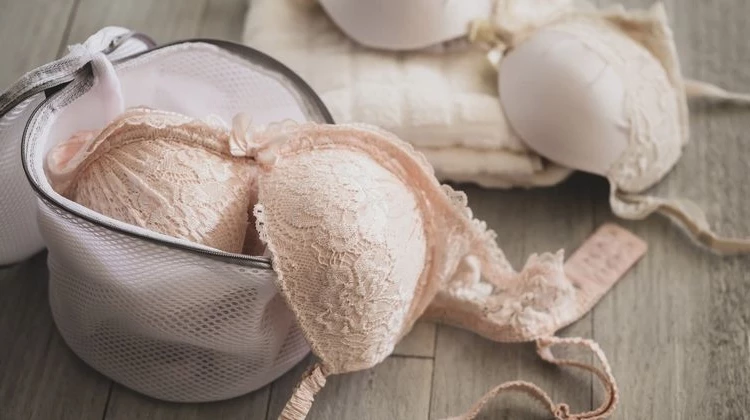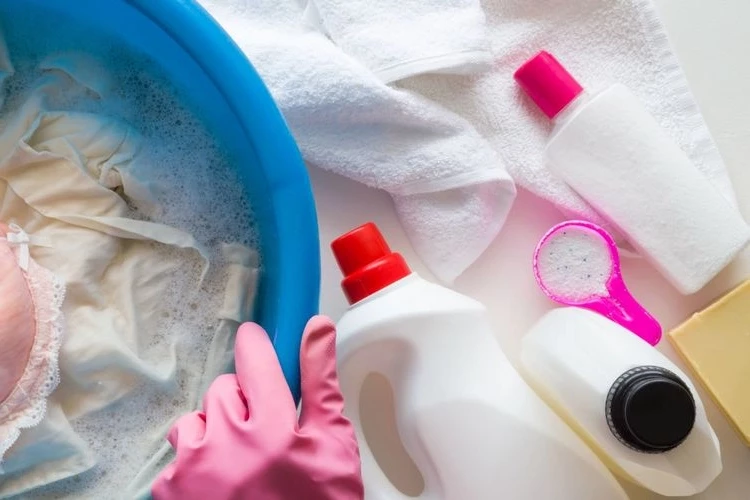Wondering why you see small holes in clothes? Why do they appear? Moths are the easiest to blame, but they’re not always to blame. We look at the various reasons and what you can do about it.
How do small holes appear in clothes?
Caring for clothes shouldn’t be a difficult process. After all, it should be as easy as washing, drying and storing all the clothes in your closet. However, if you start noticing tiny holes in the garments, something suspicious might be going on. You need to get to the bottom of this riddle right away. If pests are causing the damage, you need to treat the infestation.
Moths eat your clothes
While it’s a little less likely, moths could also have taken a liking to your wardrobe, eating what’s inside. Don’t worry, there’s an easy way to identify the cause. Pay attention to where on the garment the hole is, how big and how many holes have been made.
If the damage to the fabric is on a place that is not near the waist, and the holes are slightly larger and appear in several groups, then most likely moths are to blame.
Fortunately, there are many natural products that can repel moths. Place dried lavender in a mesh bag and hang it in your closet. Or use essential oils (mint or lavender) the scent of which will drive away moths.
Belts, zippers and bras can cause small holes in clothes
When you find the holes in your cotton tops, you will find that they are near the bottom edge. This is because of other clothing items or accessories you may be wearing, such as jeans, belts, buckles, or fancy buttons.
When you zip up your pants, make sure your top doesn’t rub against it or the zipper sticks out.
Always fasten the clasp on your bra before throwing it in the washing machine. Otherwise, these little metal prongs can damage your clothes. Use laundry bags and always check your washing machine if you’re wearing underwired bras and you’ve found the wire is missing.
Check suspected culprits for rough edges. You may be able to smooth the surfaces with a metal file or sandpaper.
It could be the washing machine
Since small holes in blouses or T-shirts often appear after washing, the washing machine is usually blamed. Overloading can cause clothing to get caught on zippers, buttons, and other trimmings. Do not overload your machine and always turn garments with buttons or beads inside out.
Spinning too fast can cause clothing to be pulled and stretched, causing the fibers to tangle and tear. We therefore recommend that you wash your linen and towels on the maximum spin speed, jeans on a high spin, cotton clothes on a medium spin and silk and delicate clothing on a low spin.
The dryer drum can damage the clothes
If you see dark streaks on the fabric that look like burn marks, as well as small holes or torn threads, you should check the drum of your tumble dryer. Remove the dryer’s outer casing and have a helper shine a flashlight into the back of the drum. If you see light shining inside it, you have a problem. If the dryer drum is not perfectly aligned and balanced, fabric can slip between the drum and the dryer shell. This causes the streaks and can tear holes in the clothing.
Chlorine bleach may be to blame
Many people use chlorine bleach to whiten their clothes, remove stains, or disinfect their laundry. If you use too much chlorine bleach or don’t mix the bleach thoroughly with the water before putting the clothes in, holes can appear.
How to repair the small holes in clothes?
You shouldn’t throw away your garment just because you found small holes. It’s much more sustainable to simply repair the hole. You can mend it with needle and thread or if you are not so good at it, you can easily repair the clothes with patches or fixer fabrics. Choose the fabric that most closely resembles the garment that needs repair.
Just follow these steps to repair your clothes with fusible interfacing:
- First iron the damaged clothes flat and let them cool.
- Turn the garment inside out and then place it on your ironing surface.
- Cut out a small piece of the fusible interfacing to cover the hole.
- Now pinch the hole and place the iron-on fabric over it. Place a damp tea towel over it.
- Iron the fabric patch on medium heat for about 10 seconds.







